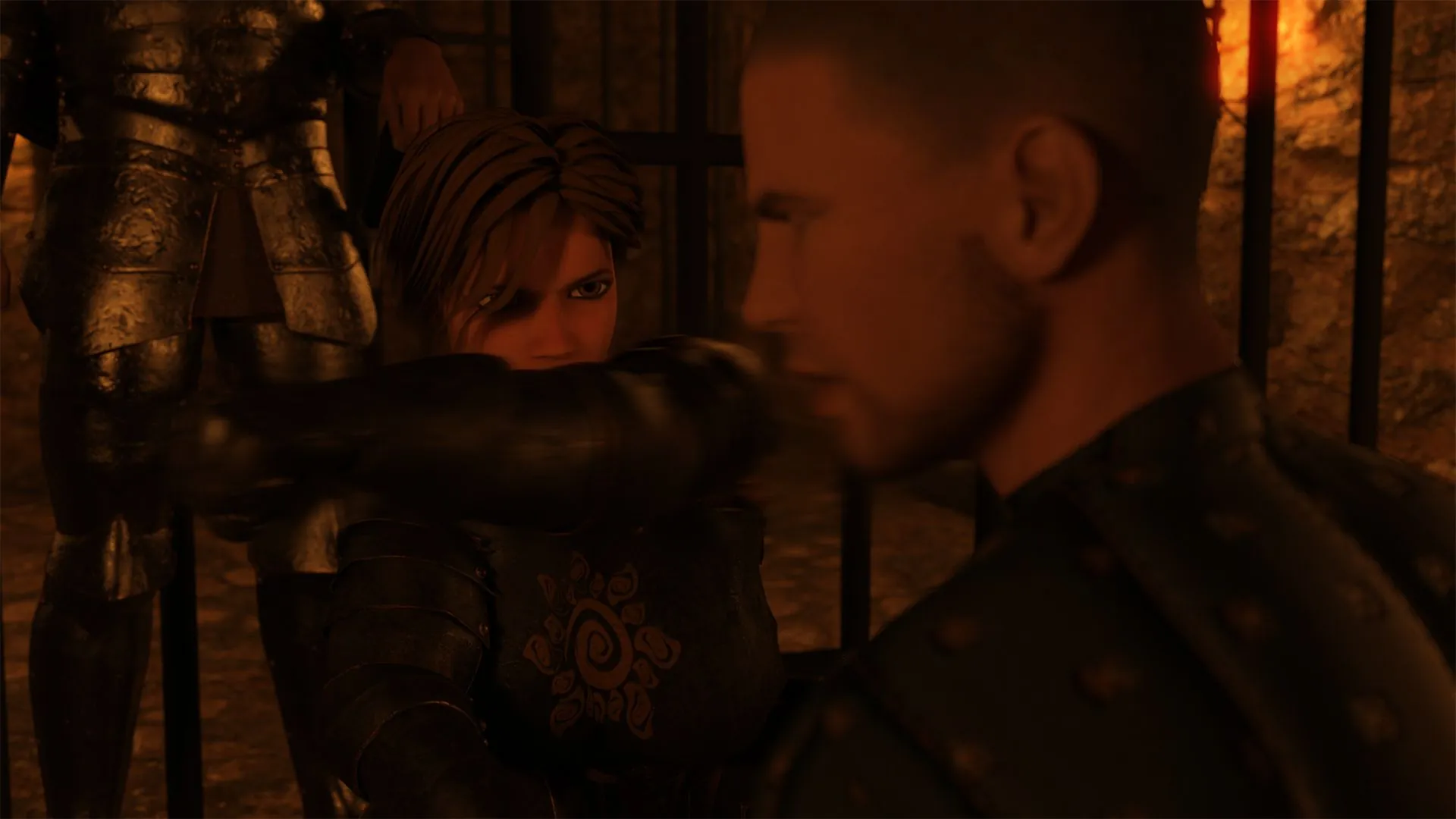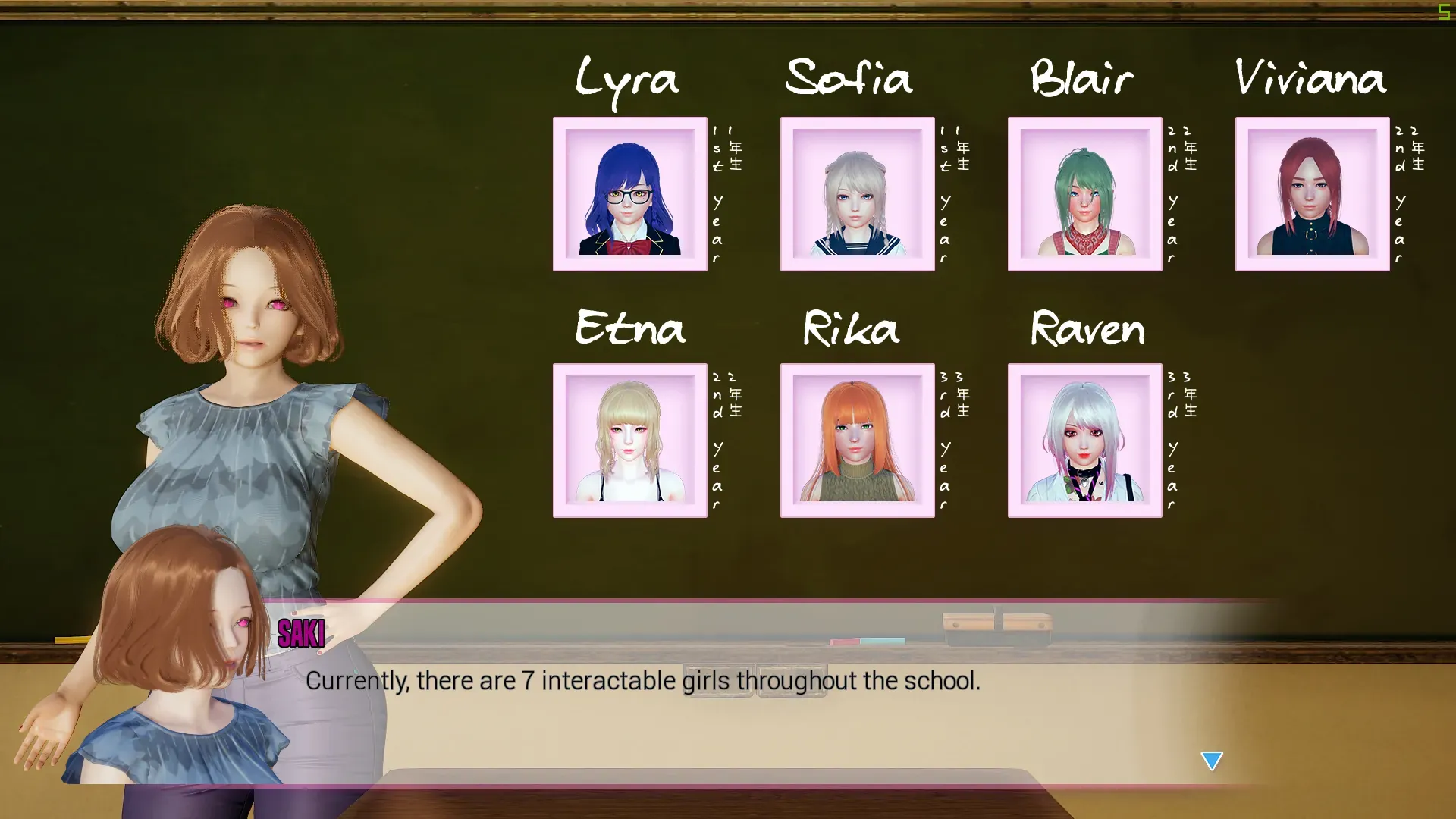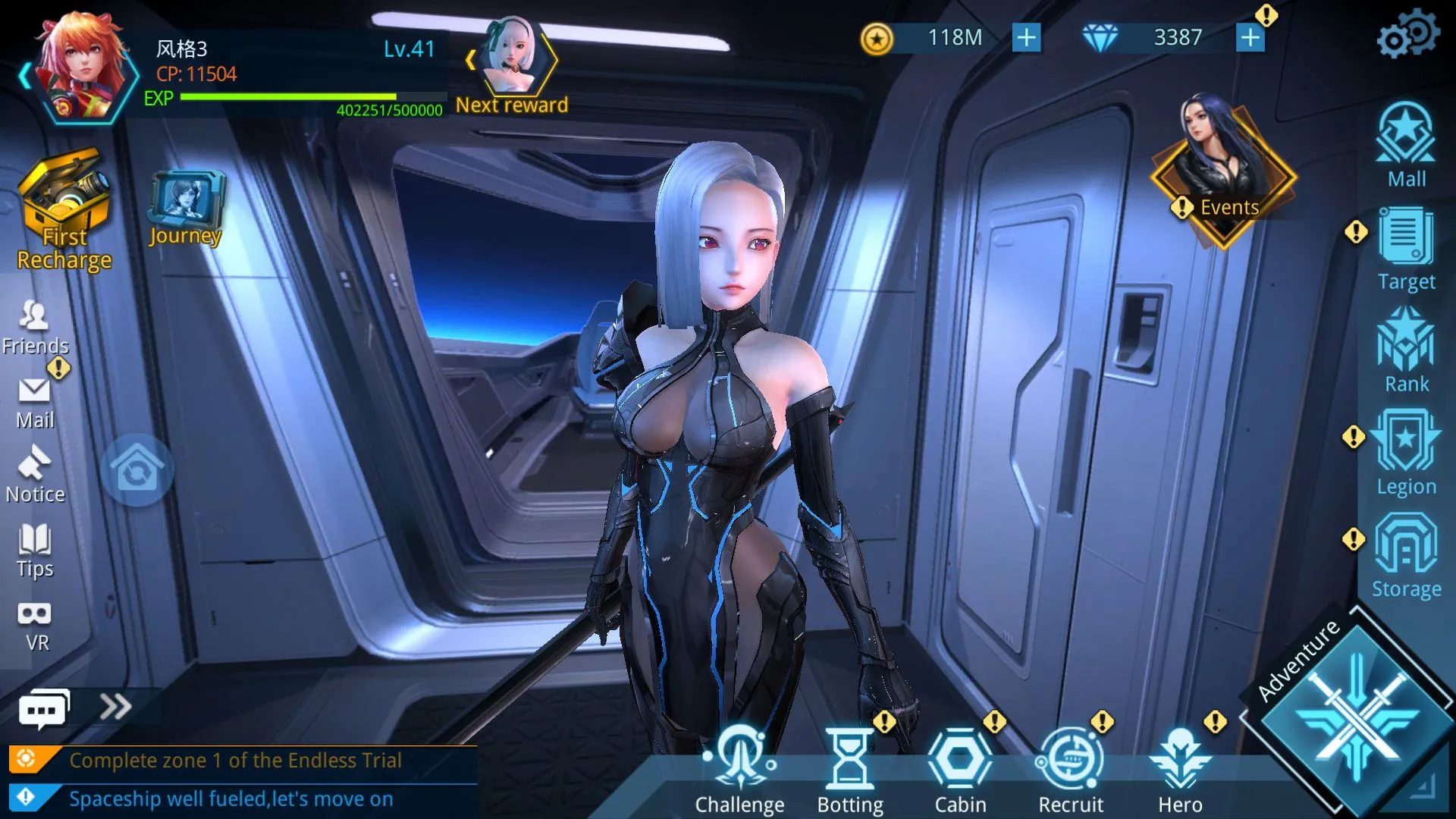
Artemis
Play Artemis
Artemis review
Explore the story, characters, and gameplay mechanics of this narrative-driven experience
Artemis stands out as a narrative-driven visual novel that has captured the attention of players seeking immersive storytelling experiences. This game features a compelling narrative structure divided into multiple books and chapters, with Book 2 introducing fresh storylines and character development. Players navigate through carefully crafted scenes, make meaningful choices, and interact with well-developed characters in a richly detailed world. Whether you’re new to visual novels or a seasoned player, understanding the core elements of Artemis can enhance your gaming experience and help you appreciate the intricate design behind this interactive narrative adventure.
Understanding Artemis: Gameplay Mechanics and Story Structure
Stepping into Artemis for the first time, I felt a familiar thrill—that unique blend of excitement and curiosity that only a great story can deliver. 🎭 If you’re new to the world of interactive fiction, you might be wondering what you’ve signed up for. Is it a book? Is it a game? The beautiful answer is that it’s both, and Artemis excels at this fusion. This chapter is your personal guide to understanding the Artemis visual novel gameplay, breaking down everything from how you navigate the story to how your decisions truly matter. We’re going to dive deep into the visual novel mechanics and story that make this experience so captivating.
Think of it as a guided tour through the heart of the game. We’ll explore the chapter-based structure, get you prepared for the journey in Book 2, and show you how to make your playthrough uniquely yours. ✨
How the Visual Novel Format Works in Artemis
At its core, Artemis is a visual journey told through a combination of stunning artwork, compelling text, and character voiceovers. Unlike a traditional game focused on reflexes or complex controls, the primary interaction here is through reading and making choices. The Artemis visual novel gameplay is designed to put you in the driver’s seat of an emotional and engaging narrative.
When you launch the game, you’re immediately immersed in a scene. Beautiful background art sets the location, while detailed character sprites appear to represent who you’re talking to. The dialogue and narration appear in a text box at the bottom of the screen, often accompanied by professional voice acting that brings the characters to life. 🎤 You click, tap, or press a key to advance the text, controlling the pace at which the story unfolds. This is the fundamental loop for how to play visual novels.
But Artemis is more than a slideshow. Key visual novel mechanics and story elements include:
- Scene Transitions: The game smoothly moves between locations, often with subtle fade effects or new artwork that keeps the visual experience fresh and dynamic.
- Character Expressions: Pay close attention to the character sprites! Their expressions change based on the conversation, providing vital non-verbal cues about their feelings. A character might start a scene smiling, but a poorly chosen dialogue option from you could see them shift to a frown or look of shock. 😮
- Music and Sound Design: An evocative soundtrack swells and fades to match the story’s tone, enhancing every moment of tension, romance, or drama.
From my first playthrough, I was struck by how these elements worked together. I remember a particular scene in a rainy cityscape where the melancholic music, the sound of pouring rain, and a character’s wistful expression created a mood so powerful I actually paused just to soak it in. That’s the magic of this format.
Navigating Chapters and Book Progression
The story of Artemis is thoughtfully divided into books and chapters, much like a literary series. This structure makes the epic narrative digestible and gives you natural stopping points. Understanding the Artemis game progression system is key to tracking your journey and anticipating what’s next.
Book 1 sets the stage, introducing you to the world and the core cast of characters. Artemis Book 2 represents a significant evolution, often deepening the central mysteries and raising the stakes for everyone involved. Think of Book 1 as the introduction to a new group of friends, while Book 2 is where you start navigating the complex dynamics and shared history between them. 🤝
The chapter guide for Artemis Book 2 typically follows a rising action of plot and character development. Each chapter has a specific focus, often centering on a particular character’s arc or a pivotal story event.
To help you visualize the journey, here’s a breakdown of the typical chapter structure and themes in Artemis:
| Chapter Focus | Primary Themes | Key Story Beats |
|---|---|---|
| Reunion & Fallout | Reconnecting with the cast, dealing with the consequences of Book 1’s climax. | Re-establishing relationships, introducing new tensions, setting the new central goal. |
| Deepening Bonds | Trust, shared secrets, and character development in Artemis. | One-on-one moments with key characters, revealing backstory, strengthening (or weakening) your connections. |
| The Turning Point | Confrontation, rising action, and difficult interactive narrative choices. | A major plot revelation or conflict that forces the player to make a significant decision with long-term effects. |
| Resolution & Setup | Concluding Book 2’s arc while building anticipation for what’s next. | Resolving immediate conflicts, showcasing the impact of player choices, a cliffhanger or teaser for Book 3. |
My advice for navigating this structure? Don’t rush. 🐌 The Artemis game progression system is designed for you to savor each moment. Use the game’s history or log feature if you need to recap a previous scene, and pay attention to the chapter titles—they often offer clues about the themes you’re about to explore.
Making Choices That Impact Your Experience
This is where the Artemis visual novel gameplay truly shines and becomes your story. The interactive narrative choices you make are the soul of the experience. They aren’t just cosmetic; they directly influence your relationships, the direction of the plot, and even which ending you will ultimately see.
The choices typically appear as dialogue options or internal thoughts for your character. You’ll have a limited time (sometimes just a few seconds) to select one, which adds to the pressure and realism of the moment. Do you offer a word of comfort, or do you challenge a character’s belief? Do you share a secret to build trust, or do you keep your cards close to your chest? 🃏
These decisions feed directly into the character development in Artemis. Each major character has a relationship meter that shifts based on your interactions, even if it’s not always visible. Choosing options that align with a character’s personality and values will strengthen your bond with them, potentially unlocking special scenes, additional dialogue, and unique story branches.
Pro Tip: Go with your gut! My most memorable playthrough was when I stopped trying to “game” the system and simply chose the responses that felt true to how I was role-playing my character. The results were sometimes surprising and always more emotionally resonant.
Here’s a practical example of how choices can cascade:
- Choice: In Chapter 2, you can choose to confide in Character A about a personal fear.
- Immediate Result: Character A’s relationship meter increases. They see you as more vulnerable and trustworthy.
- Long-Term Payoff: In Chapter 4, during a moment of crisis, Character A remembers your conversation and comes to your defense, an event that would not have occurred had you chosen to remain silent.
This cause-and-effect is the engine of the Artemis game progression system. It encourages multiple playthroughs, as you’ll want to go back and see how different interactive narrative choices alter the fate of your favorite characters. I’ve replayed key chapters three or four times just to witness all the potential outcomes, and I’m still discovering new nuances!
Frequently Asked Questions
I’m completely new to visual novels. How do I actually play?
How to play visual novels is simpler than you think! For Artemis, you primarily use your mouse (or tap on a touchscreen). Click to advance the text and make dialogue choices when they appear. You can usually access a menu to save your game, adjust settings, or review the conversation history. There’s no way to “lose” in the traditional sense—your choices just guide the story down different paths.
What happens if I make a “bad” choice?
There are very few truly “bad” choices, only different narrative directions. A choice that strains a relationship with one character might endear you to another. Part of the fun is living with the consequences of your decisions and seeing how the story adapts. The game often autosaves, but you can also maintain multiple manual save files if you want to explore a specific choice without commitment.
Is there a “correct” path to get the best ending?
Artemis is designed with multiple endings in mind, and which one is “best” is subjective! The most fulfilling ending is often the one that feels most authentic to the character you’ve shaped through your choices. If you’re aiming for a specific character’s conclusion, focus on choices that strengthen your bond with them and align with their core values.
Can I customize my experience?
Yes! Many visual novels, including Artemis, often include features like outfit customization for the main character or protagonists. 🛍️ These are usually accessible from the main menu or during certain “free time” segments in the story. While often cosmetic, these choices can further enhance your personal connection to the narrative.
Ultimately, mastering the Artemis visual novel gameplay is about embracing your role as both a reader and a participant. The visual novel mechanics and story are crafted to give you agency in a beautifully pre-written world. By understanding the chapter guide for Artemis Book 2, engaging deeply with the interactive narrative choices, and investing in the character development in Artemis, you’re not just playing a game—you’re co-authoring a memorable and personal story. Your next great adventure is just a click away. 🚀
Artemis represents a compelling entry in the visual novel genre, offering players an immersive narrative experience through carefully crafted storytelling, well-developed characters, and meaningful player choices. From understanding the core gameplay mechanics to appreciating the depth of character development and community engagement, there’s much to explore within this game. Whether you’re drawn to the intricate plot of Book 2, the emotional character arcs, or the interactive nature of the visual novel format, Artemis provides a rich experience that rewards engagement and replay. As you embark on your journey through this narrative adventure, take time to appreciate the design choices, connect with the characters, and explore how your decisions shape the unfolding story. The visual novel community continues to celebrate games like Artemis that prioritize storytelling excellence and player agency.









































